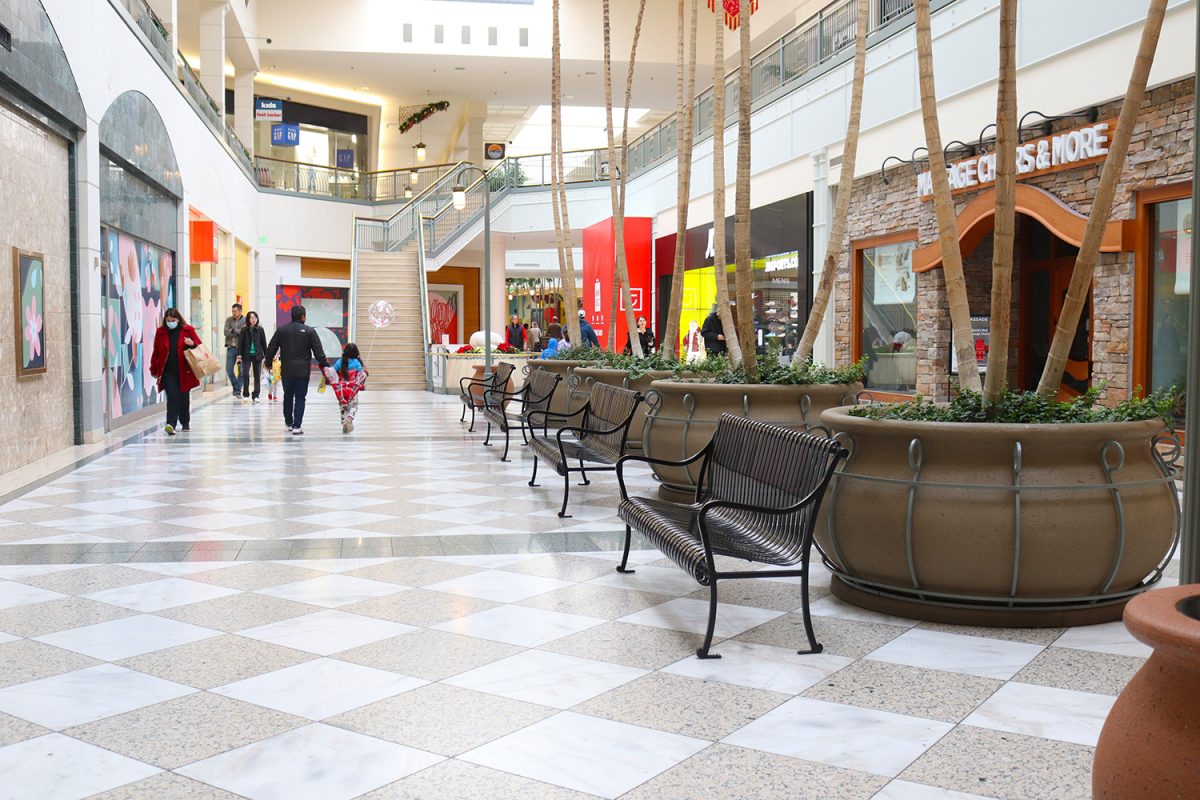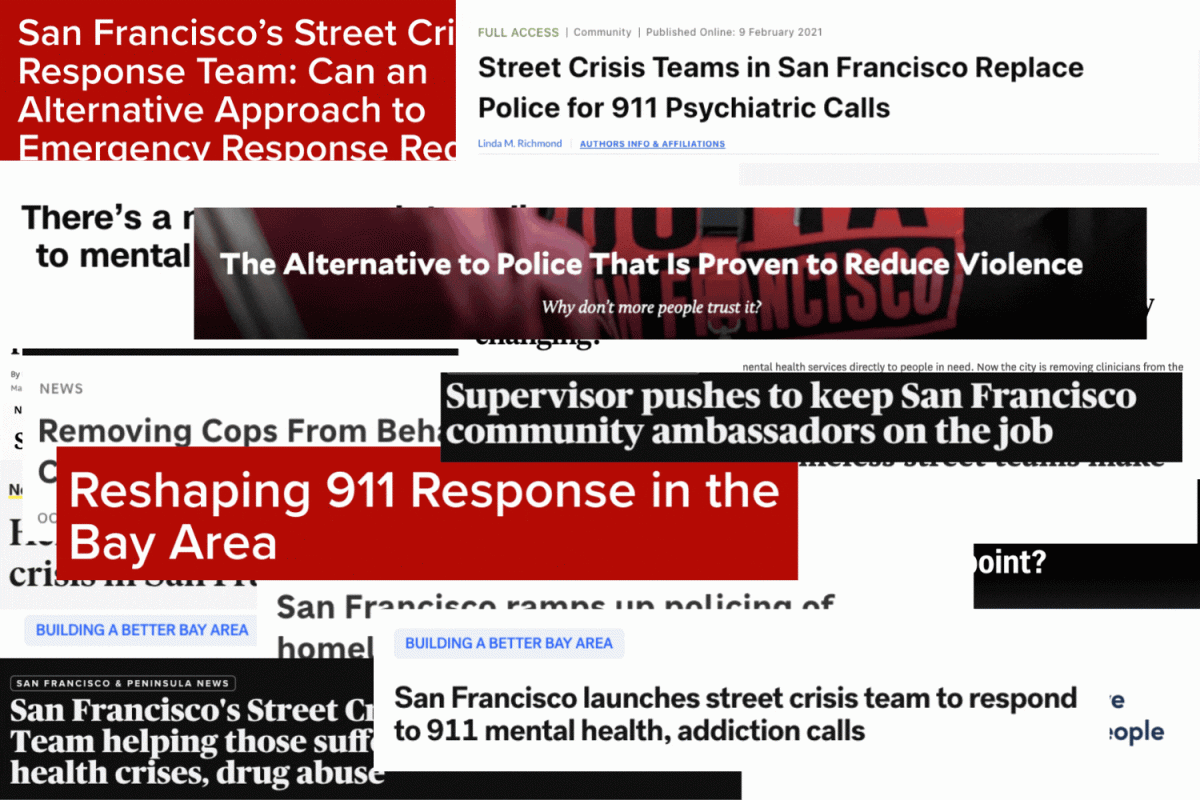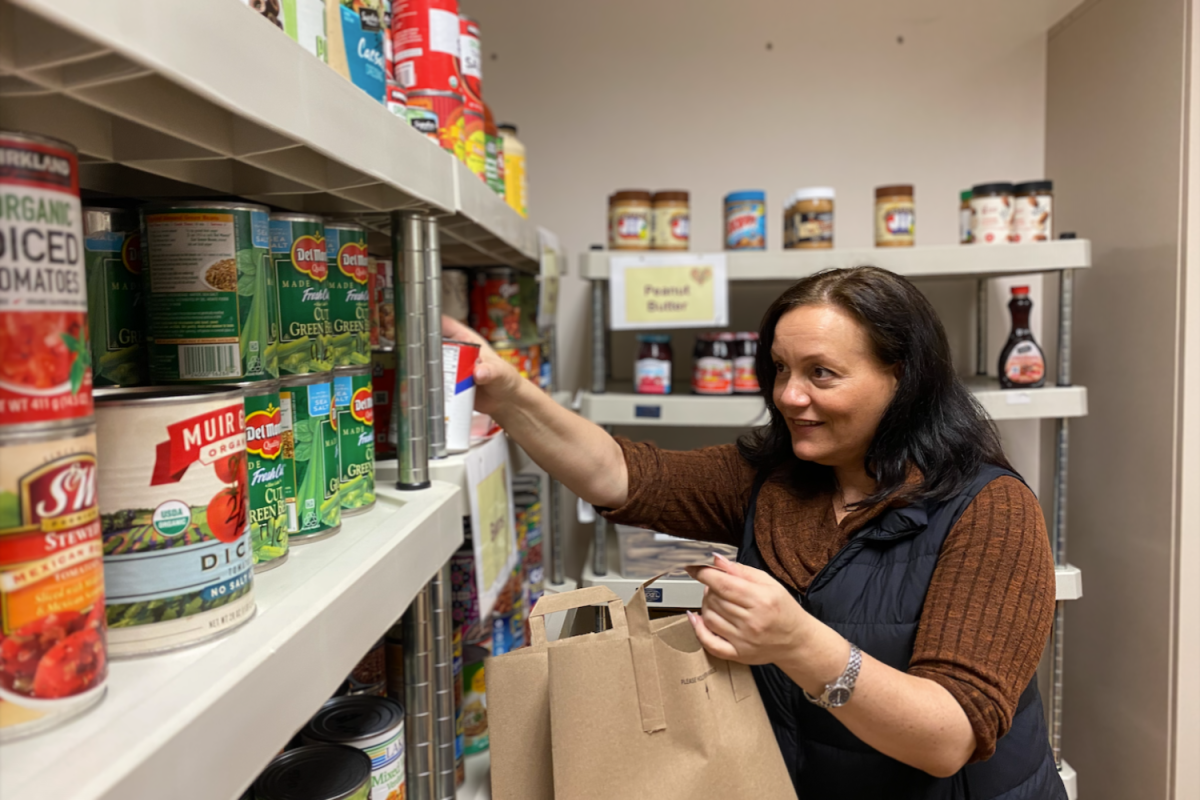Your computer, phone, or other mobile device has become your new mall.
You go on a search engine, find the store or product you are looking for, browse and look through pictures, find your size, and purchase. A process that could take up to hours in a mall can be finished in minutes on your device.
Many consumers are opting for the convenience of online shopping, and this shift in the retail industry is affecting the sales of traditional storefronts.
Online shopping is becoming more dominant in the shopping industry. The shift challenges smaller businesses and storefronts and forces many to close due to competition from big box stores and online retailers. According to Business Insider, online retail has even affected larger companies like Toys R Us, which closed in 2018 due to financial trouble brought on by competition from companies like Amazon and Target.
According to Oliver Hedgepeth, an American Public University System professor, many experts call this the “Amazon Effect,” where traditional storefronts are being pushed out by increasing online competition.
Amazon alone represents nearly a third — 32% — of all U.S. eCommerce sales growth in 2020. Additionally, in an informal poll conducted by Scot Scoop, 84% of the respondents shop on Amazon when they shop online, and 62% shop online most often.
To survive the new consumer environment, local stores are relying more on online services.
“We ship more than we ever have. In fact, our online business is keeping our brick-and-mortar store alive,” said Lauren Savage, an owner of The Reading Bug.
Pre-pandemic
Before the pandemic, trends pointed to an increased interest in online shopping with the improvement of technologies and widespread access to the Internet.
Like many other major retailers, Walmart started as a grocery and department store chain that expanded to a digital platform in 2000 and later introduced the Walmart Mobile app, according to Ecomcrew.
“If you’re looking back, mobile shopping in general started around 2010. That was sort of the early days of mobile. I would say 2016-2018 was when online retail started to accelerate,” said Sherry Thomas-Zon, the director of mobile marketing at Walmart.
Popularity in online shopping came before the acceleration in the 2010s. The emergence of smartphones is regarded as one of the main components that contributed to the rise in e-commerce. Their arrival in the late 2000s brought focus to the digital world and allowed users to access apps and websites more easily.
“The introduction of smartphones, especially the iPhone, introduced a lot of additional ease for consumers in all parts of their lives, not just shopping. This was the beginning of how the retail world shifted, especially from websites to mobile,” Thomas-Zon said.
Data published by Statistica shows that in 2010, 20.2% of the U.S. population had a cell phone. That number grew to 71.4% in 2019.
Since the rapid growth in e-commerce in the mid-2010s, the San Francisco Standard found that nearly half of the stores in San Francisco’s downtown shopping district have closed since 2019.
The cemented rise of digital commerce in 2016 set the stage for the soar in online shopping that happened overnight when the pandemic spread.
The Pandemic
When the COVID-19 pandemic hit, malls and physical stores were forced to shut down, and users swelled with fear, pressuring shoppers to rely on digital platforms and methods to obtain products.
“When the pandemic hit in March 2020, the trajectory for online shopping truly accelerated in just a matter of months, with online shopping increasing an estimated two to three times,” Thomas-Zon said.
With customers moving to digital platforms, the interest in online shopping pushed brick-and-mortar stores out or forced them to redesign their business model.
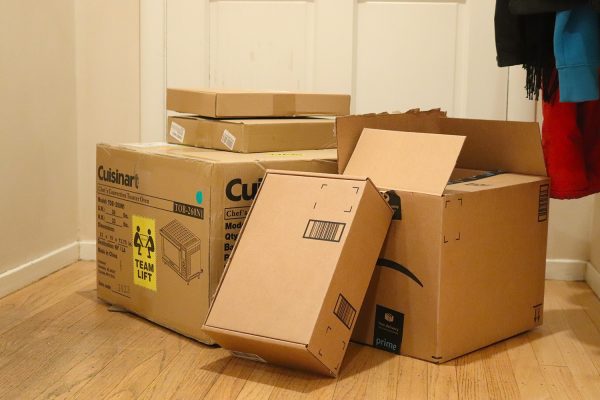
“During the pandemic, we pivoted to a lot of shipping and did some good business through our bookstore website as well as our subscription box, which ships to all 50 states monthly. In fact, we tripled our shipping over the course of the pandemic,” Savage said.
The power Amazon holds, with its wide variety of products and fast deliveries, pressures businesses big and small. Companies like Walmart are struggling to meet the standard two-day shipping Amazon established, and even Amazon has difficulties meeting it. However, small businesses are hit the hardest by their online competition.
“Amazon is every small business’s only competitor. The only way we can compete with them is through our expertise, knowledge, and personal experience. We can’t compete with their shipping and delivery times,” Savage said.
Along with deliveries, pickups in-store gained popularity as well. Companies like Walmart and Target started to see more people gravitate towards drive-up pickups, which allowed customers to obtain products, mainly groceries, in a timely manner according to their schedule.
“There was a huge acceleration of sales online triggered by the pandemic. It accelerated the most at Walmart in getting services like in-store pickup because you could now use digital methods to get products you used to have to go into the store to buy,” Thomas-Zon said.
In a survey by Nielson, curbside pickup doubled from pre-pandemic numbers, with 16% of respondents regularly using it before the pandemic to 36% in June of 2021.
After a year of COVID-19, users developed behaviors and habits in online shopping, pickups, and receiving deliveries, which carried into the present world.
The Aftermath
In a post-pandemic era, consumers were now fully engaged and comfortable with online platforms and utilizing sources like Amazon for quick and easy deliveries. Shoppers relied heavily on online shopping methods during the pandemic and have little incentive to return to previous shopping habits.
“I used to go to the mall all the time, but my shopping habits have changed. Especially with COVID too, I have just stuck to the convenience of online shopping because it fits my schedule more,” Shea said.
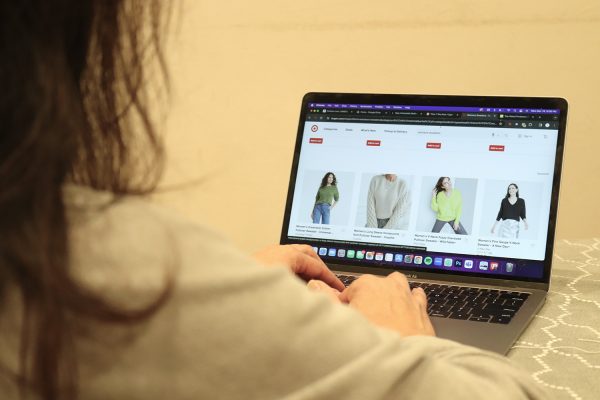
The shopping habits that developed during the pandemic cemented, with customers continuing to use online methods like in-store pickup and delivery.
“These behaviors called cross-channel shopping have continued today, which is why things like mobile and digital apps have all continued to grow for the majority of retailers who also have storefronts,” Thomas-Zon said.
According to Savage, these cross-channel shopping behaviors persist in the digital side of brick-and-mortar stores, with The Reading Bug shipping two times the amount pre-pandemic.
“Since COVID, I shop several times a week. Whether it’s beauty brands or stuff on Amazon, I tend to buy things online about three times a week now,” said Evonne Shea, a frequent shopper.
According to Business Insider, the number of storefronts closing is piling up, with at least 20 major retailers announcing that they’re closing U.S. stores in 2023, amounting to 2,847 locations.
The pandemic also threw other problems at retailers, such as a disruption of inventory caused by outlier product histories produced during the pandemic.
“Usually, when we forecast the demand for an item, we look at the history of that item and find consistent behavior. The pandemic changed the history of each product, with some products increasing in demand and some decreasing, which makes it difficult for forecast models to be made, and inventory may not be as full,” said Angela Ornelas, the senior analyst at Walmart Global Tech.
Another problem retailers faced was excessive inventory of certain products due to consumer needs during the pandemic changing when the country began transitioning back.
“People bought lots of household items because they were staying at home. Then the world started reopening, and companies like Target and Walmart were left with an excess inventory of non-household items,” Ornelas said.
Heightened amounts of digital retail and the pandemic have had lasting effects on how users behave, and companies and small businesses have to adjust to the current state of the consumer market.
The Benefits and Problems
Online retail harbors greater effects in the retail world in addition to store closures. The “try-on” experience is diminishing as consumers move online, and these consumers are now limited to pictures and descriptions of a product online, increasing the risk of receiving a faulty or misleading product.
With online shopping, many customers face the potential consequence of being unsatisfied with the quality of produce they receive. Shoppers often cannot accurately judge whether a product will fit them or if what they buy will look like the advertised pictures.
“When I buy stuff online, it can be hard to tell if I like it or if it fits me. I like going in-store to try clothes on and see how something fits me before buying it,” said Hannah Miller, a freshman at Carlmont.
Users also run the risk of receiving a product different than the advertised one; however, some shoppers have found ways to avoid this.
“I try to shop from reputable brands, and I usually rely on other colors of the product and look at the details of the product too,” Shea said.
There are also benefits to online shopping, especially with clothes, like a wider variety of sizes, colors, and variations of a specific product. Digital platforms provide convenience to customers and are changing the dynamics of user-to-retailer relationships.
“Digital retail enables retailers to connect customers, and for customers to connect digitally all the way to the store in what is called omnichannel retailing,” Thomas-Zon said.
Online shopping also benefits retailers, increasing their sales and allowing customers to access them in different ways.
“We offer brick-and-mortar stores, warehouses, warehouses similar to Amazon, and a marketplace. The more channels we have to reach the customer, the more likely that will generate more revenue,” Ornelas said.
The retail world has developed into a more digital-based industry, but the need for physical stores continues. Shoppers are torn between the convenience of online shopping and the experience in-store shopping brings.
“I love online shopping, but I can’t imagine not being able to go to a mall and walk around or even walk around San Carlos. There’s a feeling you get when you walk into stores and see all the items there that you can touch and feel too,” Shea said.

